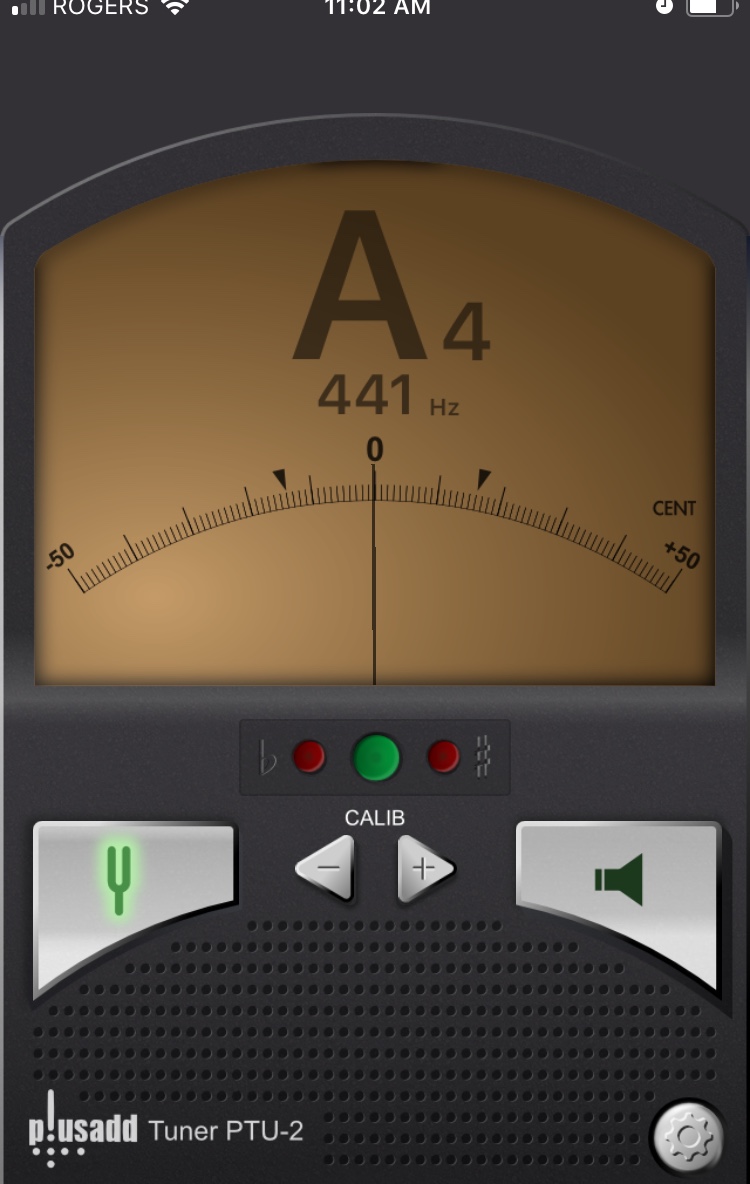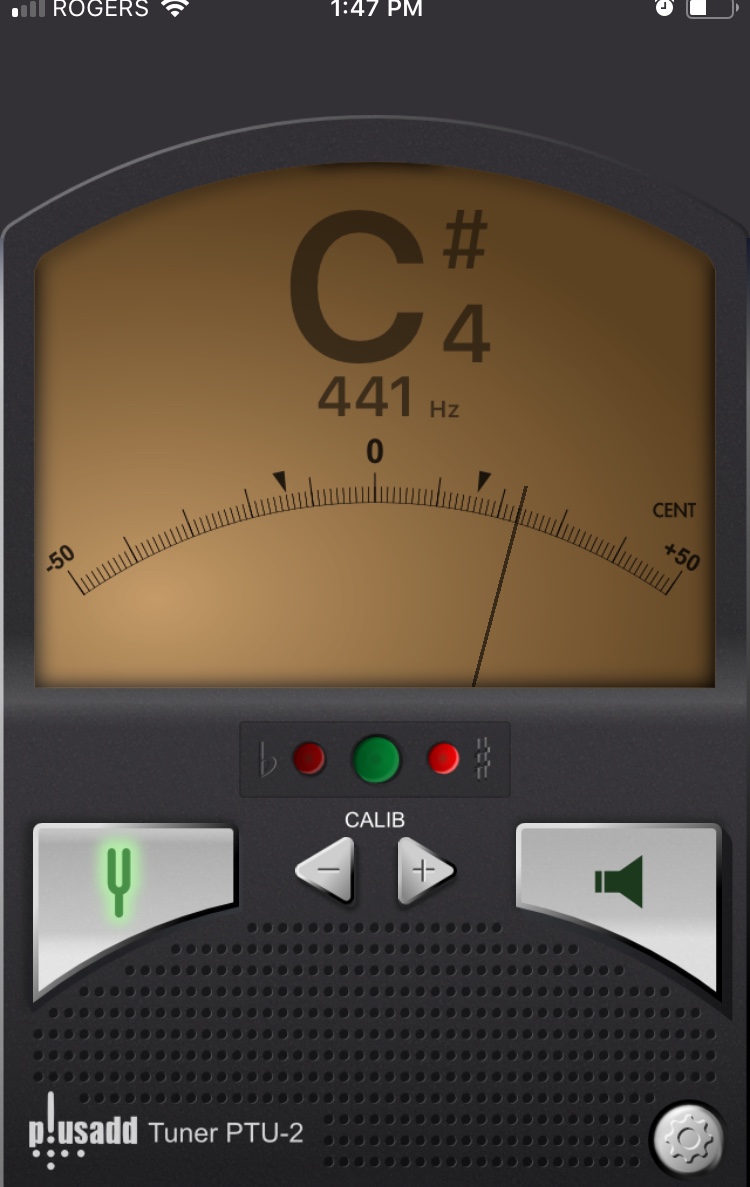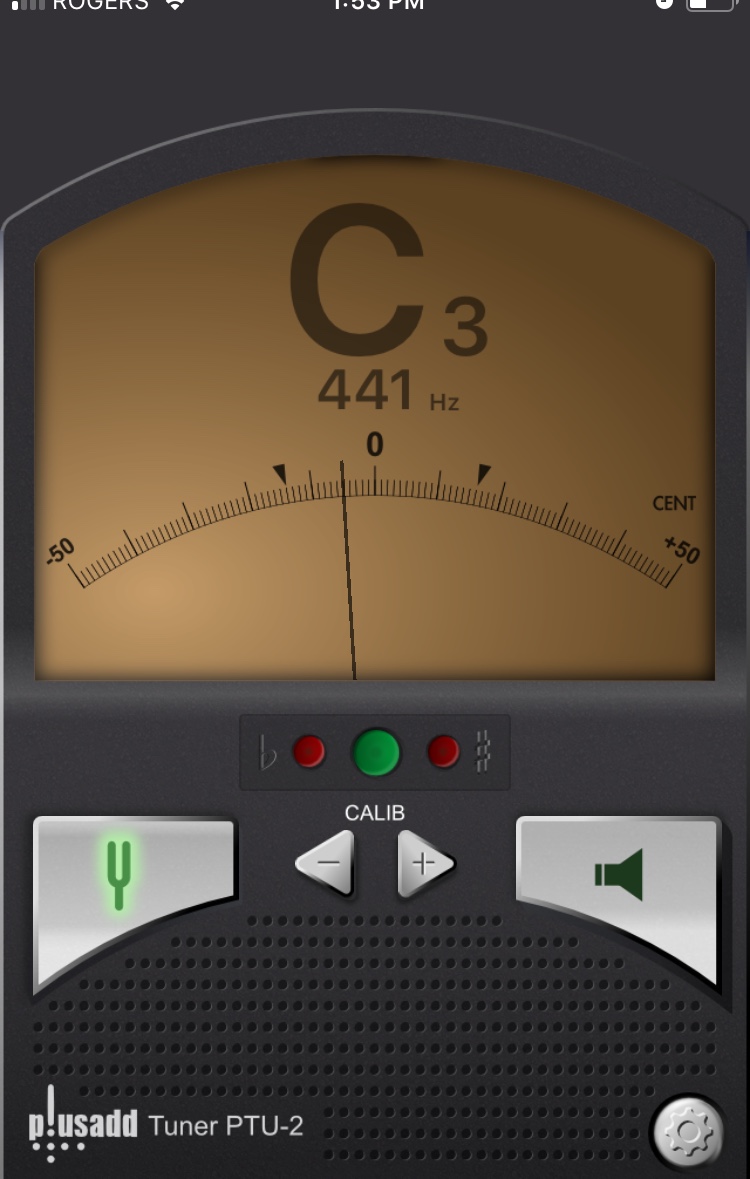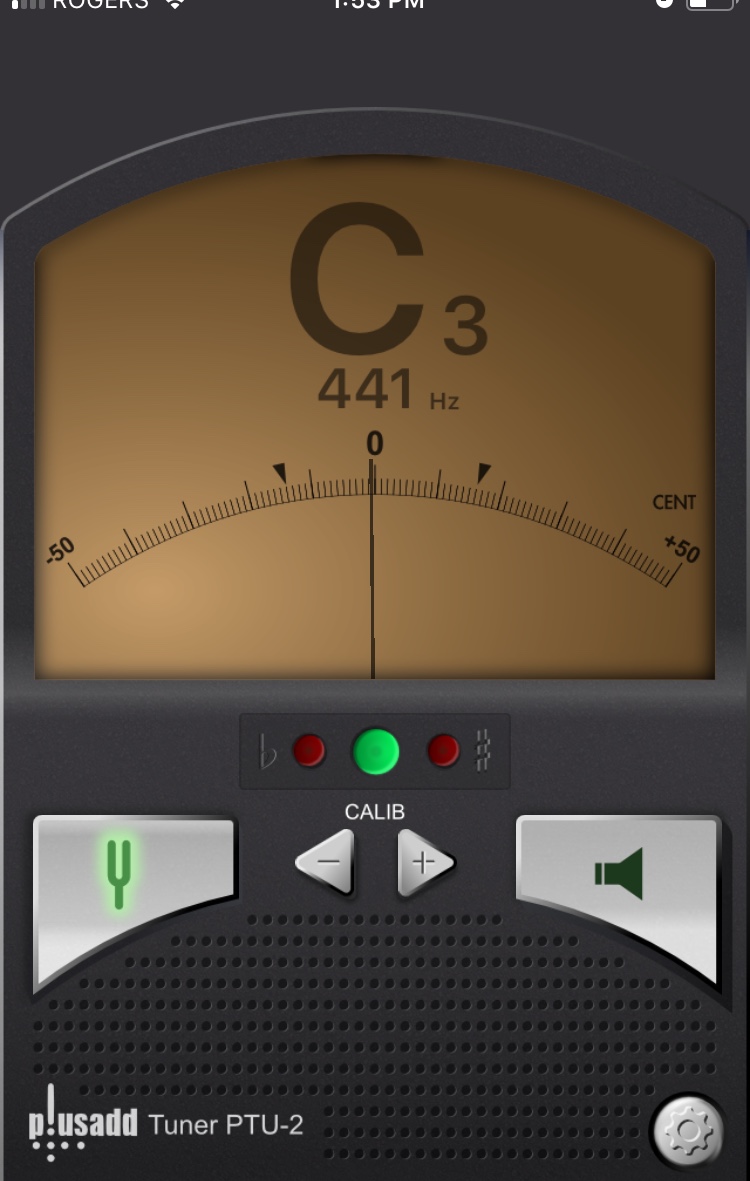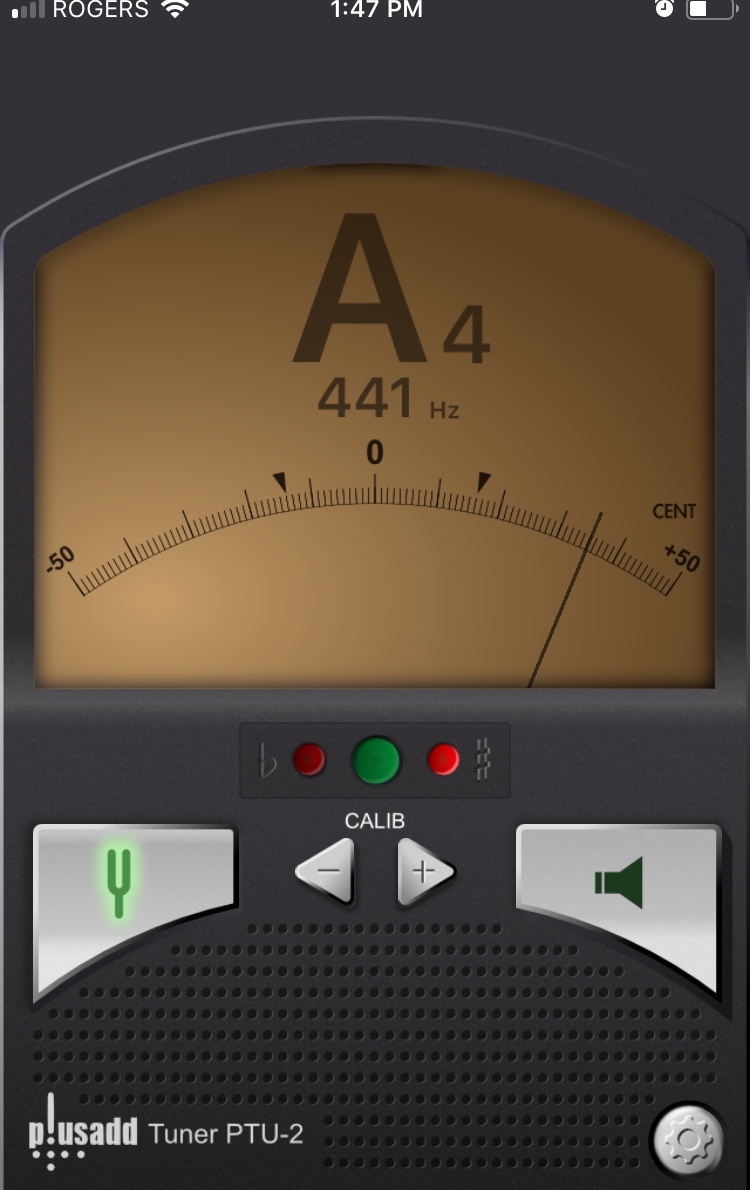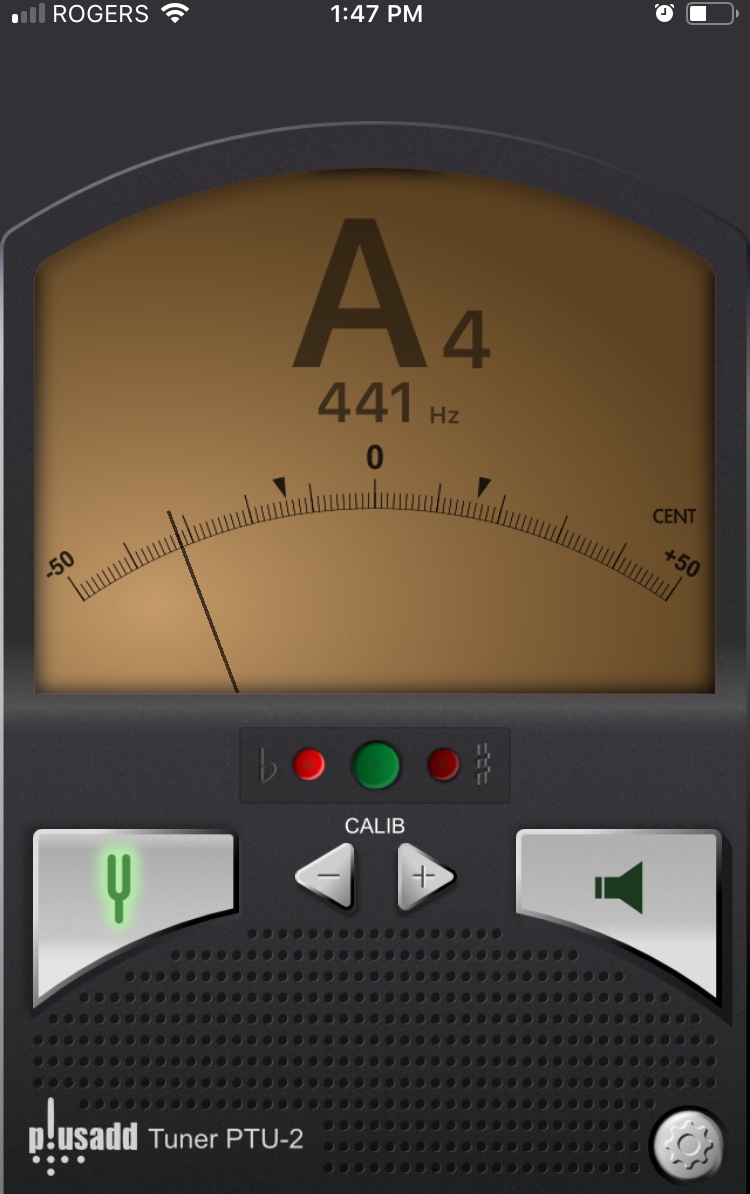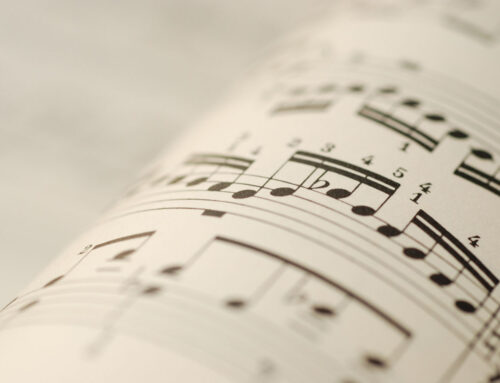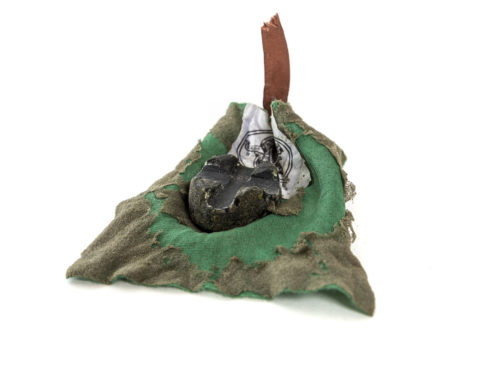How to Tune your Viola using the Tuner Lite app by Piascore
If your instrument is like mine, then all it takes is a change in temperature or humidity, a peg slip or peg bump and the sound or pitch of each string can be affected. Professionals tune their ‘A or La’ string first to a tuner and then tune the other strings by ear, but if you are just starting to tune your own instrument, then tuning each individual string is the best way to start. Below is a step-by-step guide on how to tune your viola.
Tuner Lite Features
- Needle meter display
- High accuracy
- Freely adjust notation, transposition, temperament
- It uses the built-in mic in your iPhone or iPad
- Easy to use
Tuning Order of Strings
| Tuning Order | String |
|---|---|
| 1 | A or La |
| 2 | D or Re |
| 3 | G or Sol |
| 4 | C or Do |
String Notation on Tuner Lite app by Piascore
Make sure that each string has the appropriate number beside it. View screenshots below for reference.
| String | Piascore Notation |
|---|---|
| A or La | A4 |
| D or Re | D4 |
| G or Sol | G |
| C or Do | C |
Step by Step Guide to Tuning your Viola
Here’s a step-by-step guide to tuning your violin with Piascore’s chromatic tuner app:
Step 1
- Download the Tuner Lite app by Piascore – it’s FREE!
Step 2
- Set the ‘CALIB’ to 440Hz or 441Hz by pressing ‘-’ or ‘+’
Step 3
- Start by bowing the ‘A or La’ string by making a smooth long tone
- If the needle is left of the of ‘0’, it means your ‘A or La’ string is too low or flat
- If the needle is right of the of ‘0’, it means your ‘A or La’ string is too high or sharp
- If the needle falls right at ‘0’, then it’s perfect and you get to move on to the ‘D or Re’ string
Step 4
If the ‘A or La’ string is flat, then here are the steps you need to take:
- With the fine tuners, located on the tailpiece, you will need to turn the ‘A or La’ string tuner clockwise.
- If the tuner is too loose or too tight and there is not more give to it, then you will need to adjust the peg. Tighten the peg by turning the peg away from you.
If the ‘A or La’’ string is sharp, then here are the steps you need to take:
- With the fine tuners, located on the tailpiece, you will need to turn the ‘A or La’ string tuner counter-clockwise.
- If the tuner is too loose or too tight and there is not more give to it, then you will need to adjust the peg. Loosen the peg by turning the peg towards you.
Step 5
When the ‘A or La’ string falls in the middle, at ‘0’ and the green light appears, then you can move on to the ‘D or Re’, ‘G or Sol’ and finally the ‘C or Do’ strings.


